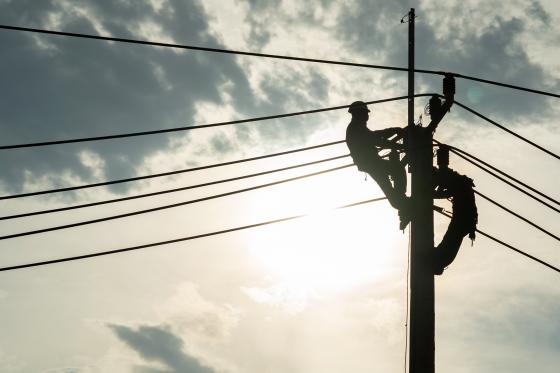Risk preparedness
Risk preparedness
Enhancing Member States' cooperation

The Risk Preparedness Regulation introduces important rules for the cooperation between Member States with the aim to prevent, prepare for, and manage electricity crises. It also establishes common provisions for risk assessment, risk preparedness plans, managing electricity crises, evaluation and monitoring.
Each Member State's competent authority must establish a risk-preparedness plan, based on the regional and national electricity crisis scenarios. This plan consists of national, regional and where applicable, bilateral measures planned or taken to prevent, prepare for and mitigate electricity crises.
The Regulation foresees the adoption of two methodologies during the course of 2020:
- methodology for identifying regional electricity crisis scenarios
- methodology for short-term and seasonal adequacy assessment.
Risk preparedness
Methodology for identifying regional electricity crisis scenarios
In the interest of EU electricity security of supply, EU law requires ENTSO-E to identify the most relevant regional electricity crisis scenarios (following a methodology approved by ACER). The methodology is required to consider system adequacy, system security and fuel security. It also must include an analysis of all relevant national and regional circumstances, simulations of simultaneous electricity crisis scenarios, ranking of risks, as well as probability and principles on how to handle sensitive information in a transparent manner.
Following extensive consultation, including a (2019) ENTSO-E public consultation a (2020) ACER public consultation and the consultation with the Electricity Coordination Group, ACER published (6 March 2020) its Decision on the methodology for identifying regional electricity crisis scenarios. Access the methodology.
On 8 March 2024, ACER issued its Decision on the amendment to the methodology for identifying regional electricity crisis scenarios. This ACER Decision follows extensive public consultations by ENTSO-E (in Spring and Autumn 2023), by ACER with the Electricity Coordination Group (composed only of the Member States' representatives), NRAs and ENTSO-E. The improved methodology reflects amendments that ACER deems necessary to ENTSO-E’s proposal (submitted on 8 January 2024).
Risk preparedness
Assessing short-term adequacy
Every two weeks, regional coordination centres (RCCs) take turns performing daily assessments of potential EU-wide adequacy issues (i.e. whether the electricity system will have enough supply to meet demand) over the next seven days.
These assessments are carried out through a dedicated tool, developed under the EU methodology for short-term and seasonal adequacy assessments and approved by ACER in 2020. The tool combines probabilistic and deterministic calculations to identify potential adequacy risks. If an EU-wide assessment detects possible concerns, this can trigger a more detailed assessment at regional level.
In 2025, ACER launched an implementation monitoring exercise to evaluate how consistently RCCs apply the EU methodology. Results show uniform progress, with implementation currently at 60% across all RCCs.
ACER’s monitoring also found that, although RCCs identified some potential adequacy concerns over the years, none were flagged as requiring further analysis. As a result, no regional adequacy assessments were initiated in 2022, 2023 or 2024.
ACER’s findings from this monitoring exercise are presented in its interactive dashboard:

